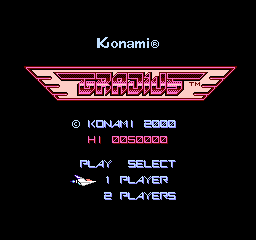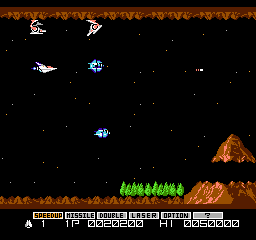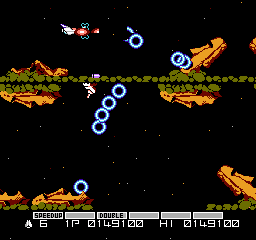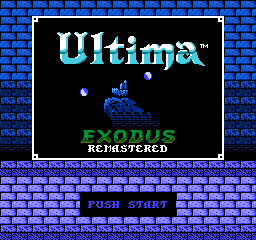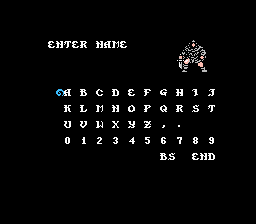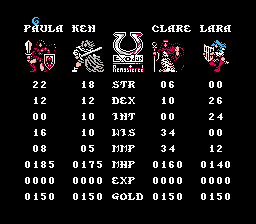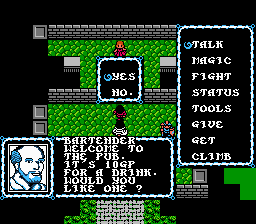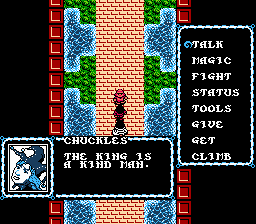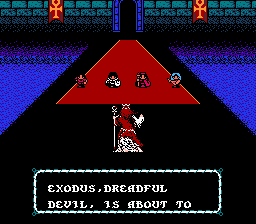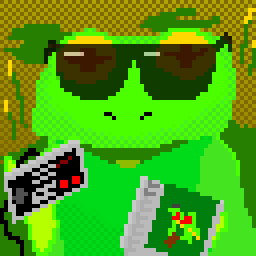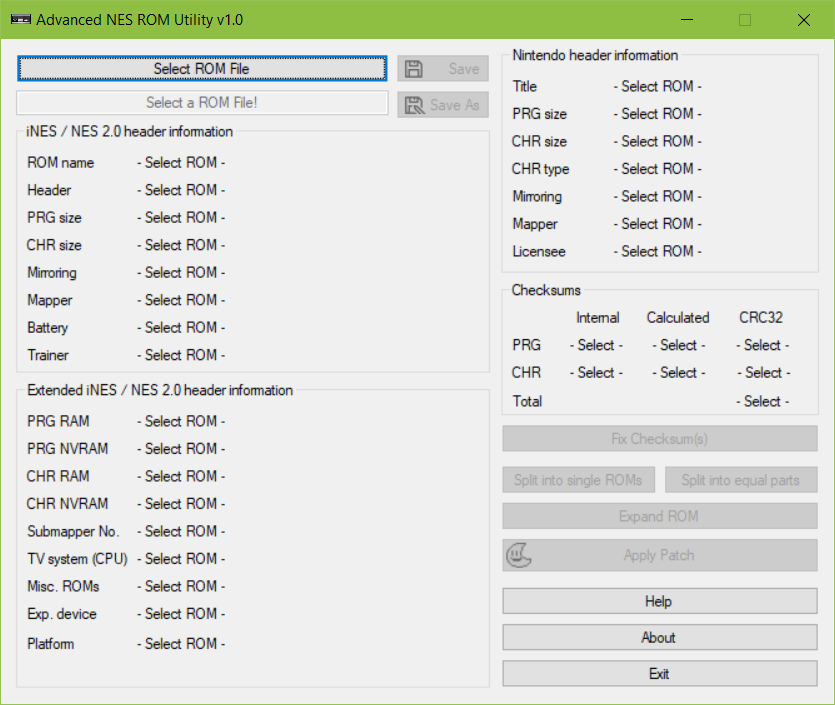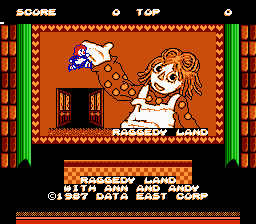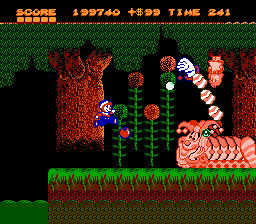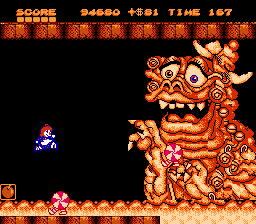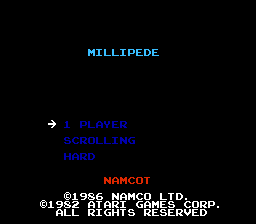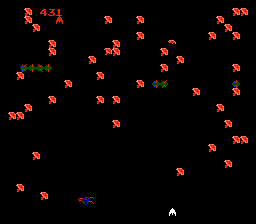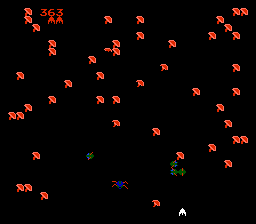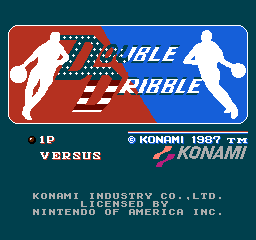Does it seem to you like there’s been a lot of Youtube videos here lately? It’s an unfortunate fact that a lot of the information and articles that once would have been in informative and quick-reading blog posts are now presented to the internet in a format that requires video editing software to create and 15+ minutes of your time to watch.
However, with Chrontendo it’s worth it. Dr. Sparkle’s epic-length tour through the entire run of the Famicom’s and NES’s libraries. Most episodes are an hour or longer, but you definitely get your time’s worth by watching them. And like U Can Beat Video Games, it’s nice just to have running in the background while you do other things.
We linked to Chrontendo #60 last June, titled “The Most Perverted Episode.” Sadly Chrontendo #61 doesn’t come with any titillation factor; it’s title is “Not really worth the wait.” It’s a series of games ranging from pretty bland to outright terrible. Covered are the months of May and June 1990, plus one game that’s a holdover from April. Within the video is footage and commentary on:
- Castle Quest, which is not the same game as Castlequest in the U.S., which was a renamed localization of a game called Castle Excellent in Japan. It’s a turn-based strategy game that’s like Chess against a computer opponent, but with a random factor.
- Ys II: Ancient Ys Vanished: The Final Chapter, which isn’t so bad, but was greatly overshadowed by the must more impressive Turbografx CD version released around the same time.
- Baken Hissou Gaku: Gate In, yet another horse racing sim, this one with an extremely bland presentation.
- Jajamaru Gekimaden: Maboroshi no Kinmajou, a so-so ninja adventure/Zelda clone.
- Snake’s Revenge, the disowned sequel to Metal Gear that Hideo Kojima didn’t work on, a game that some people like but Dr. Sparkle doesn’t. I’ll say it’s more polished than NES Metal Gear, at least.
- Remote Control, a video version of a nearly forgotten MTV game show that couldn’t use any of the celebrity likenesses from the show.
- Chip ‘n Dale: Rescue Rangers, another of the Disney Afternoon tie-in games. Dr. Sparkle admits it’s not bad, and it’s probably the best game of the episode, but is only really interesting when played co-op with two players. There’s a fairly scandalous piece of Gadget fanart here, scavenged from the aptly-named halls of DeviantArt.
- Rally Bike, a port of a Taito arcade motorcycle game with much less polish than the original. I note that this game was ported by one of my un-favorite developers, Visco.
- Battle Fleet, another turn-based strategy game, with a naval theme.
- And S.C.A.T.: Special Cybernetic Attack Team, a game that plays a bit like Capcom’s Forgotten Worlds, but without that game’s hallucinatory visuals.
Chrontendo #61 (Youtube, 1 hour and 1 minute) – archives – previously


